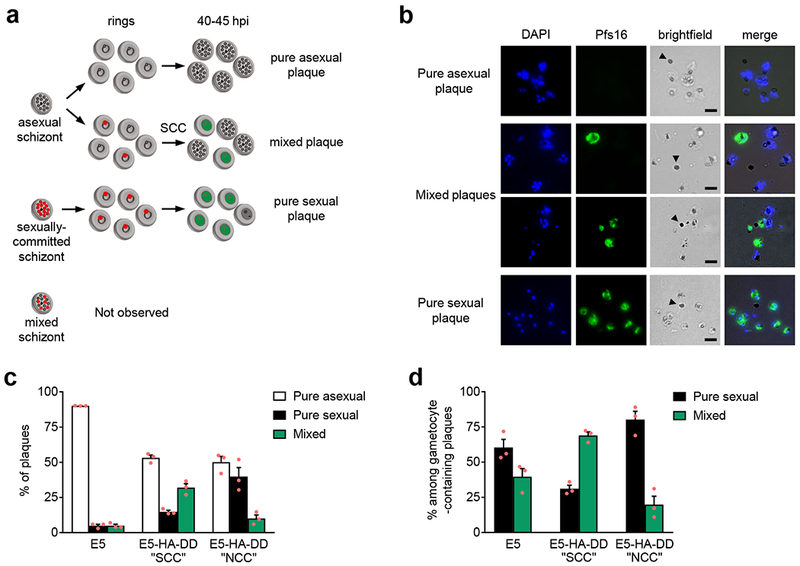Figure 2. Plaque assays reveal that some individual schizonts generate mixed sexual and asexual plaques.

a, Schematic of the possible types of plaques originated from schizonts expressing or not expressing PfAP2-G (expression indicated by red nuclei). Early gametocytes expressing the Pfs16 marker are indicated in green. Mixed plaques can arise from asexual schizonts if some rings activate PfAP2-G expression and convert within the same cycle (SCC route). b, Representative IFA images of pure asexual, mixed, and pure sexual plaques. Asexual parasites are multinucleated schizonts, Pfs16-negative and contain a large hemozoin pigment, whereas gametocytes are mono-nucleated, Pfs16-positive and have small hemozoin pigment granules. Arrowheads indicate free hemozoin pigment (residual body) from the parental schizont that originated the plaque. Single nucleated parasites without hemozoin pigment or Pfs16 signal are merozoites that failed to develop. Images are representative of four independent experiments, each including at least three different samples. Scale bar, 5 µm. c, Distribution of plaque types in the wild type line E5, E5-HA-DD treated with Shld at 0-5 hpi (favoring the SCC route), and E5-HA-DD treated at ~30 hpi of the previous cycle (favoring the NCC route). At least 100 plaques of each culture were counted in each experiment. d, Distribution of pure and mixed plaques only among plaques containing ≥1 Pfs16-positive parasite. At least 100 plaques of each culture containing ≥1 sexual parasite were counted in each experiment. In panels c and d, values are the average of three independent biological replicates (red dots), with S.E.M. The distribution of plaque types in panels c and d was significantly different between E5, E5-HA-DD-SCC and E5-HA-DD-NCC (p=0.000 using a two-tailed Fischer’s exact test).
